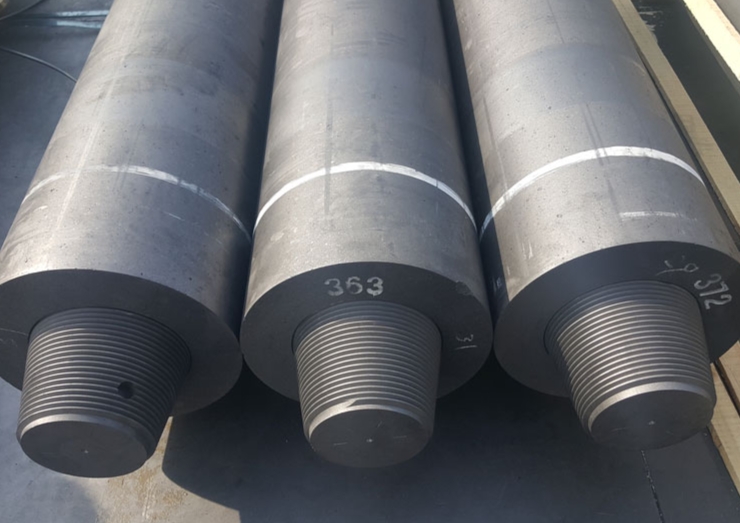
Graphite electrodes have been used in high-temperature applications for many years. They are used to carry currents in submerged arc furnaces, for metallurgical coke and anthracite production, as well as in smelting metals such as titanium and copper. They are used to manufacture nonferrous metals, such as aluminium, zinc and magnesium. Graphite has excellent heat resistance, and is chemically inert. Its affordability, abundance and ease of use make it an ideal choice for industrial uses.
The atomic structure of carbon (graphite) results in a large number of unbonded electrons that are able to migrate between layers of the material, which makes it extremely conductive and useful for transporting electrical currents. These conductive properties are due to the large number of free electrons which is a result of the delocalization of carbon atoms in the material's crystalline structure. This is why graphite has become so important in a wide variety of products such as pencils, batteries lubricants, and flame retardants.

The carbon graphite atomic structures are characterized by a large number vacancies, and lack of strong covalent bonding. This makes it a good heat conductor and chemically resistant. Graphite has a high degree of flexibility and durability, and can be shaped to a wide variety of shapes. It is because of its flexibility and robustness that it is used as a key component in many industrial processes.
Various studies have shown that Graphite Electrode chemistry exhibits excellent performance for the electrodeposition of a variety of organic molecules and enzymes including bilirubin oxidase. Bilirubin oxidase is an excellent candidate for electrocatalysis since it is a natural protein that can be addressed by direct electron transfer (DET). This process involves electron transfer from the protein surface into the central Cu center of the molecule. Oxygen is then reduced.
Our previous research showed that GCEs as well as 15% PE-grafted Graphite Electrodes display a comparable faradaic potencial when the bilirubin Oxidase is immobilized. The electrodes were characterized by SEM and EDX, which exhibited that they are a highly pure macroporous carbon material. No metallic interferences had been detected. This made them superior in suitability to commercially available standard graphite pencil electrodes, and other carbon based electrodes.
In acetonitrile, the cathodic limit of both GCE and 15% PE-grafted graphite was found to be around -2.0 V, which is comparable with the redox performance of GCE in phosphate buffer. In MES-buffer, however the 15% PE grafted graphite electrode has a greater electrochemical window compared to GCE. The value ranges from -0.6V to 0.9V.
This difference can be attributed to differences in surface morphology between the three samples. The irregular pencil graphite morphology of the PGE samples may be responsible for its higher peak intensities. This increases the active surface area and surface reaction. It may also be due the fact that oxidation of SFGs on graphite is more efficient with the inner oxygen, as demonstrated by voltammograms taken on both samples.

Write a Message